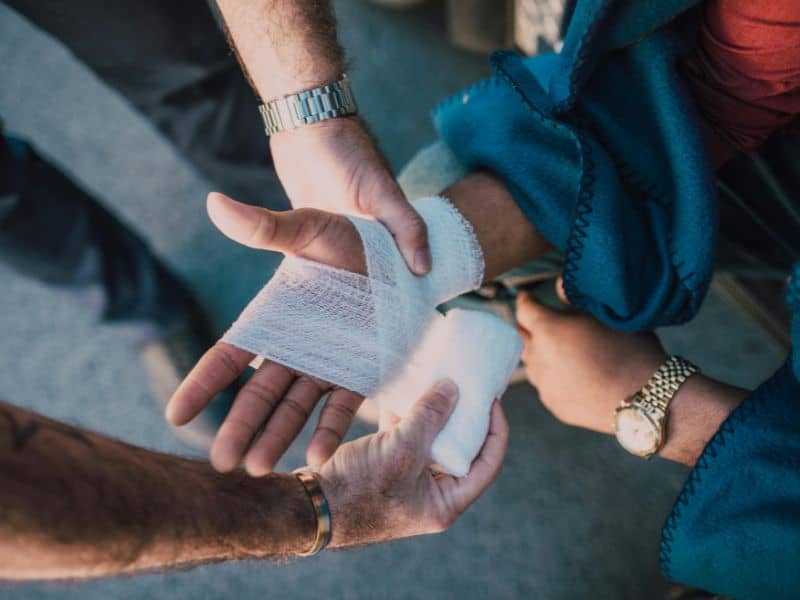
If you’ve been injured due to someone else’s negligence in California, you may be considering a personal injury lawsuit to recover damages. However, you can’t afford to wait forever to take legal action.
There are strict time limits set by California law that determine how long you have to file a claim after an accident or injury. Miss the deadline, and you may lose your right to compensation entirely.
So, what exactly is the statute of limitations for filing a personal injury lawsuit in the Golden State? In most cases, you have two years from the date of injury to get your case on record. There are a few exceptions that extend the window to file beyond two years, such as injuries to minors.
But for standard accidents causing harm due to another party’s provable negligence, that two-year mark applies. Connect with an experienced California personal injury lawyer as soon as possible after any incident to ensure you get your claim filed on time and start building your case while the evidence is fresh.
California Code of Civil Procedure §335.1 allows personal injury victims just two years from the date of injury to file lawsuits against provably negligent parties that caused harm, applying to most accidents, including:
California’s rigid two-year statute understandably intimidates injured parties still struggling after accidents. However, rather than allowing these individuals to be taken advantage of by insurance companies seeking quick payouts, compassionate personal injury attorneys become legal advocates who level the playing field and obtain rightful compensation.
The timeline to file a personal injury claim doesn’t necessarily start ticking the day your accident happened. The date of injury, in many cases, is considered the first day you discovered (or reasonably should have discovered) that someone else’s wrongdoing caused the harm suffered.
For example, if you start having serious complications from surgery six months later, you may not have known right away that medical malpractice led to your suffering. The Date of Discovery Rule gives you two years from the time you link the malpractice to your injury to take legal action, not merely from the date under the knife.
The rule can provide more time in situations where injuries don’t manifest immediately or the negligent cause is unclear. But you still want to move quickly to investigate with a California personal injury lawyer once you suspect wrongful harm.
We’ve stressed California’s strict 2-year timeline to file injury lawsuits. But there are certain exceptions, legally called “tolling,” that pause the clock. When is the statute of limitations delayed?
In these special circumstances, injured parties may have more than two years to file claims. The law grants delays since the plaintiff can’t reasonably take legal action from their disadvantaged position temporarily. While extra accommodating, don’t wait to connect with a personal injury lawyer!
We know the statute of limitations seems annoying when you’ve been injured. You’re coping physically and financially, maybe still figuring out what happened, and now there’s a deadline to file a lawsuit? What gives?
There are some decent reasons these time limits get put into place by the courts:
Statutes ultimately aim to balance the interests of both injured plaintiffs seeking fair justice and defendants seeking swift resolution. Don’t let the clock intimidate you from promptly calling an excellent personal injury lawyer.
With decades of experience in the California justice system and navigating the California statute of limitations, D’Egidio & Pedroza have won millions of dollars in compensation for clients. We work on contingency, requiring no upfront fees or recovery payments unless we obtain your compensation through settlements or court judgments.
Don’t leave financial futures hanging by a thread – praying insurance firms volunteer fair reimbursement. Call D’Egidio & Pedroza today for a FREE case review and let a dedicated personal injury attorney get the justice you deserve with compensation to match.